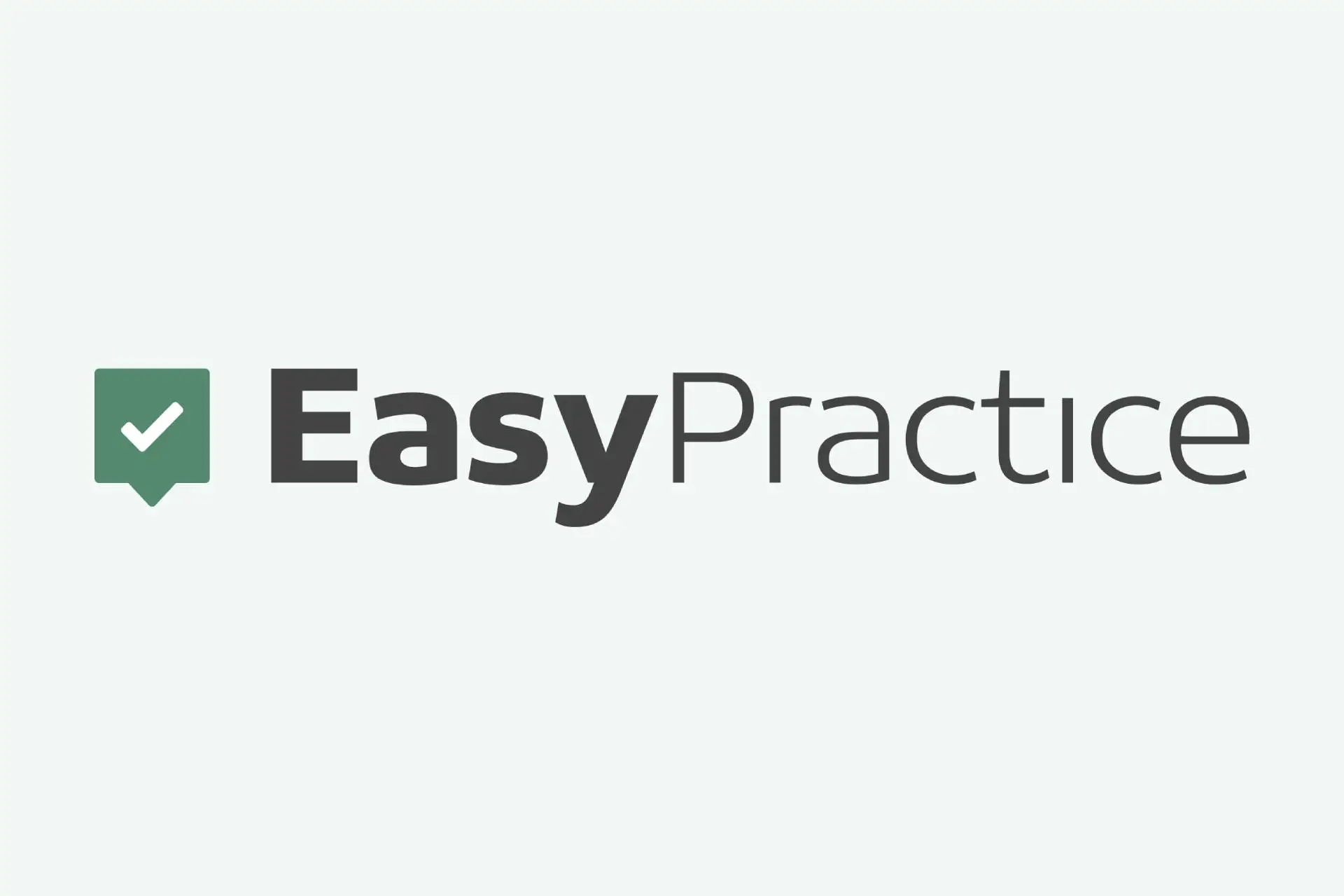Nowadays, patients want to be more actively involved in the decisions concerning their health. A study revealed that patients want to be engaged in making decisions even if their choices are not final. But, many clinics still struggle with the idea of patient engagement.
Physicians are worried that fostering patient engagement will significantly increase consultation time, while clinics think implementing engagement strategies may be too expensive. These could not be farther from the truth.
We dive into the meaning of patient engagement, benefits for your patients and your clinic, a few patient engagement myths, and best practices for implementing a patient engagement system.
Let’s start.

What is Patient Engagement?
Patient engagement involves helping your patients become more involved in making decisions about their health. It means providing solutions shaped to solve the particular problems of an individual.
Essentially, patients become your partners. They work with you to make the best healthcare decisions that will work for them.
An engaged patient is also called an activated patient. A 2014 study in the Netherlands showed that when patients are engaged, they are more likely to seek and use health information personally.
The goal of patient engagement programs in clinics is to make healthcare more personal and accessible. These will lead to a more outstanding patient commitment and foster a therapeutic alliance between the patient and the clinician.
Engaged patients are not just encouraged to make better decisions; they are also motivated to commit to a healthier life for better outcomes.

Trends in Patient Engagement and Myths to Ignore
Trend 1: The Patient Is Becoming More Like the Average Consumer
Just like buying a car, the modern patient wants the information needed to make the best decision for their health. This means involving them in healthcare practices and being more transparent about your clinic’s solutions. Not doing so puts you in danger of losing out on attracting more clients and retaining current ones. Your clinic must be transparent about its services and pricing structures.
Trend 2: Clinics Use Automation to Improve Patient Experiences
Automation serves two purposes in healthcare. First, it reduces the burden on clinic staff. Second, it makes health solutions more accessible to the patient, increasing patient engagement and better health outcomes. More clinics are adopting automation as digital interactions become more popular.
Some ways that automation works for clinics include:
- Providing easy access to health records
- Automatic and seamless appointment scheduling
- Facilitating early response to health queries
- Increasing healthcare personalization
Myth 1: Older Adults Don’t Use Software Solutions
Even though automation has increased accessibility, clinics tend to overlook older patients. They have assumed that older adults are not interested in technology in healthcare. But, studies have shown that leaving older patients out of digital health solutions is a big mistake.
People aged 85 and above are very engaged with using online health solutions to solve problems involving appointment scheduling, billing, and refilling medication. A 2016 study revealed that people aged 60 and above signed up for online patient portals as much as young people did.
Myth 2: Patient Engagement Technology Is Expensive
Some clinics don’t use patient engagement technology because they think implementing them is expensive. Developing in-house tech is indeed costly because expenses include branding, development, and marketing. Not to mention beta testing and regular updates.
However, choosing an existing telemedicine solution removes the bulk of the cost. For a small price, a clinic can implement tech solutions to increase healthcare accessibility to patients.

Why Is Patient Engagement Important for Patients?
- Increases Patients’ Responsibility and Commitment Towards Their Health
An engaged patient is more encouraged to seek information concerning their health and take the necessary actions. An engaged patient is less likely to not attend to their health needs. Activated patients are twice more likely to seek out medical help when needed.
Engaged patients are able to self-manage their symptoms, monitor their progress and treatment options, and actively collaborate with their providers. They have the confidence to navigate the health system.
- Provides Patients With Easy Access to Personalized Health Solutions
When clinics implement patient engagement solutions, patients gain easy access to personalized health solutions. This access motivates them to learn as much as possible about their health and make better decisions surrounding them.
These days, patients want to be more actively involved in decisions about their health. Patient engagement technology provides patients with the information they need. They can reach a physician, book a meeting, and access their private health records with one click.
- Decreases Emergency Care Visits and Healthcare Costs
Patient engagement does not end in the clinic. When clients leave, patient engagement systems allow them to access their health records anytime and efficiently reach their clinician. So, the number of emergency care visits and relapses is significantly reduced.
Since engaged patients are more committed to their health, they can achieve a healthier life and reduce overall healthcare costs.

Benefits of Patient Engagement for Clinics
1. Helps Clinics Offer More Effective Healthcare Solutions
Patients who are activated seek medical help quickly and are more open with their clinicians. Since they are engaged with the treatment program, healthcare providers can easily see what is working and what is not, and be able to tailor treatment plans to meet a patient’s unique requirements.
Engaged patients are the dream of every practitioner because they provide you with the information you need, collaborate effectively, and commit to treatment.
2. Builds a Stronger Patient-Provider Relationship and Increases Collaboration
Patient engagement programs foster strong relationships between patients and healthcare providers. The patient and the clinician become partners in finding the best treatment options. They work together to share information and analyze results.
The patient uses apps to book appointments and logs into a portal to view their health records. A clinician can find out, in one click, the progress a patient has achieved over a period. This partnership caused by collaboration leads to better outcomes for the patient and the creation of super personalized treatment strategies.
3. Reduces No-Show Rates and Increases Patient Retention Rates
When you implement an engagement system, patients are encouraged to share in the responsibility of achieving a healthier life. They sign into their portals to log health progress and proactively reach out to inform you of important developments.
When patients are engaged, no-show rates drastically reduce because they are committed to living healthily. Also, patients stick with the practitioner who encourages engagement.
4. Gives You an Edge Over Your Competitors
Implementing an engagement strategy gives you an edge over competitors because activated patients generally have positive care experiences. When a patient feels well looked after, they share their positive experiences with family and friends, even online.
You have to work towards maintaining a good online reputation because 65% of patients use online surveys to find a healthcare provider. Obviously, having a patient engagement program improves your bottom line and increases revenue.
5. Improves the Productivity of Your Staff
Clinic staff usually have a lot on their plates including reaching out to clients, fixing appointments, following up on former clients, and other administrative work. Engaged patients reduce the burden on your staff because they do some of the tasks themselves.
They fix their own appointments, log their own progress, and access their health records. This increases the efficiency and productivity of clinic staff.

How to Improve Patient Engagement in Clinics: 5 Strategies
Here are the top 5 strategies with which to develop an effective patient engagement strategy.
1. Personalize Interactions and Focus On Patient Experiences
The first step to an effective patient engagement strategy is focusing on the experiences that your patients have at your clinic. Since people’s health issues are deeply personal, they expect healthcare experiences specifically tailored to solve their problems.
Personalize the interactions that patients have with your staff, make accessing an expert easy for your clients, and proactively reach out to ask about progress. Great experiences encourage patients to become more involved in healthcare programs.
2. Use Automation in Healthcare Technology
Another strategy to drive patient engagement is using technology for easy repeatable tasks. Automation takes a lot of burden off clinicians and makes it easier to scale engagement strategies when you have many patients to work with.
Clinics can use software to make healthcare more accessible. For instance, they can implement appointment scheduling software, patient portals, secure and private online patient health files, and billing software for various payment plans.
3. Implement shared-decision policies
Part of patient engagement is allowing patients to choose treatment paths from various options. When they can choose how they want to be treated, patients are more likely to commit and be responsible for their health.
A 2018 study showed that when patients are a part of making decisions about their treatment, the outcomes are better than when there are no shared decisions. Obviously, an activated patient is more eager to follow through with a medication plan.
4. Implement Continuous Out-of-Office Patient Care
Healthcare does not end when a patient leaves your clinic. Introduce out-of-office care as an engagement strategy. Some pre-visit options include:
- Sending automated meeting reminders
- Allowing patients to create a personalized account on your website
- Implementing appointment scheduling software
After-visit engagement options are:
- Proactively reaching out to patients to hear about their progress
- Sending automated reminders to refill medications
- Having them sign up for a portal where they easily reach clinicians
Health apps have been shown to be effective in increasing patient engagement for older patients. Automated phone calls have increased the number of patients who book appointments by 78% according to the University of Alabama Birmingham Medicine.
5. Measure the Right Metrics
The only way to know if your patient engagement strategies are effective is to measure the right metrics. Since you implemented patient engagement strategies, how much more healthy have your patients become? Do they ask more questions or fewer? Do they use your software? Has the number of emergencies been reduced? Are patients more willing to explore treatment paths?

3 Common Patient Engagement Challenges
Developing a practical patient engagement framework has its challenges. There are common obstacles that clinics must overcome to activate patients to become active in their own healthcare plans.
- Lack of Easy Access to Health Information
An activated patient is willing to seek information about their health. If there is no easy access, the level of patient engagement will decrease. To avoid this challenge, implement patient portals.
Your patients should be able to securely log into a portal and easily see their medical history with your clinic. It should include Information about appointments, medication plans, and assigned physicians.
- Low Patient Trust
When patients don’t trust a clinic or a physician, they don’t actively collaborate with them. Low trust happens when a patient believes that the physician does not really care about them. The only way to mitigate this is to be completely transparent with your patients.
Let them know the available treatment options and pricing structures. Allow them to be a part of the decision-making process. When you implement software options, let them know how you collect and secure their data.
- Physicians Not Experienced With Patient Engagement
Clinicians should be up to date about the patient engagement strategies that your clinic uses. Organize training sessions where the clinic staff learns how to properly engage with patients. They should learn active listening skills, follow-up techniques, and even how to present different treatment options to patients.

5 Best Practices for Patient Engagement
Follow these patient engagement best practices to achieve optimal health outcomes for your patients and get the best results for your clinic.
1. Involve Your Physicians in Patient Engagement Programs
Before you roll out a patient engagement program, ensure that physicians working with your patients are fully on board with the program. They should receive adequate training to actively engage patients in healthcare plans.
When physicians understand how to partner with patients, they listen more effectively and build strong relationships with them more eagerly. Patients should never feel like their doctor is just following some clinic policy rules.
2. Remain Transparent With How You Gather and Use Patients’ Data
Increase the trust patients have in your clinic by remaining transparent about the patient engagement policies you implement. Ensure that patients know that your clinic is HIPAA-compliant and that the software you use follows GDPR requirements. Reveal the metrics you measure, how you gather them, and how you use their data.
Patients will understand that you have nothing to hide and want nothing but the best for them. Then, they become more willing to engage with plans and collaborate with their physicians.
3. Utilize Patient Feedback
To ensure that patients are following your strategies, regularly send out surveys and polls. Ask them how they interact with clinicians, any suggestions they have, and if they have seen any progress since they became more engaged with their health.
Don’t let the feedback you gather go to waste. Review them regularly and make any needed changes to your engagement strategy.
4. Use Automated Tools to Reduce Workloads
A patient engagement strategy can become too much for an understaffed clinic working with many patients. Clinicians may not have the time to implement patient engagement strategies and may be tempted to skip the process. Automation takes small and repeatable tasks off your shoulders—tasks like booking recurring meetings and sending follow-up reminders to clinicians.
5. Remain in Compliance With Healthcare Standards
Ensure you comply with healthcare standards like HIPAA. Make sure you don’t mishandle patients’ data. When you implement an electronic health record system, secure it in order to keep patients’ sensitive data private.

Wrapping Up
Developing a patient engagement strategy is a continuous process. As you work with current patients and acquire new ones, your engagement strategy will continue to shift to include every single client you ever sign on with.
The important thing is to focus on providing the best patient experience possible to anyone who walks through the doors of your clinic or reaches out online. When you do that, every other engagement strategy will fall into place.
When you understand your patients and remain focused on creating great patient experiences, your patient engagement strategy part will naturally be created out of that understanding.
Do you have any questions? Feel free to reach out to us today.
Frequently Asked Questions about Patient Engagement
- What are examples of patient engagement?
Patient engagement examples include actively working with a physician to select a treatment plan, seeking out medical help, being eager to self-manage treatment options and symptoms, and being willing to use software to automate tasks.
An engaged patient is happy to take an active role in achieving a better health outcome. They don’t receive treatment passively but are actively engaged in treating health problems. Other examples of activities by engaged patients include self-monitoring medications and updating their physician every step of the way.
- Why is patient engagement important?
Patient engagement is essential because it contributes immensely to driving the best results for the patient and the clinic.
An engaged patient is committed to going through with a treatment plan because they were a part of choosing it. They are more responsible for their health and seek medical help as soon as needed. They actively collaborate with clinicians to form a health plan.
Physicians working with activated patients get the necessary information they need to develop personalized healthcare plans.
- What factors influence patient engagement?
Major factors influencing patient engagement include motivation, accessibility, and the relationship between the patient and the healthcare provider. Clinics can increase patient motivation by making care more personal, listening more to the patients, and implementing shared-decision making policies.
Make information more accessible to patients via portals and train your clinicians to develop strong relationships with their patients. When you do everything right, patient engagement will increase in your clinic.
Please do not hesitate to email us at [email protected] if you have any questions or require assistance with anything. We anticipate hearing from you.
Visit our Help Centre for thorough explanations if you already have an account here, and check out our other Blog posts for intriguing tips and articles if you’re not sure how some things function.

 alt EasyPractice logo
alt EasyPractice logo alt tab and computer
alt tab and computer alt Online scheduling
alt Online scheduling